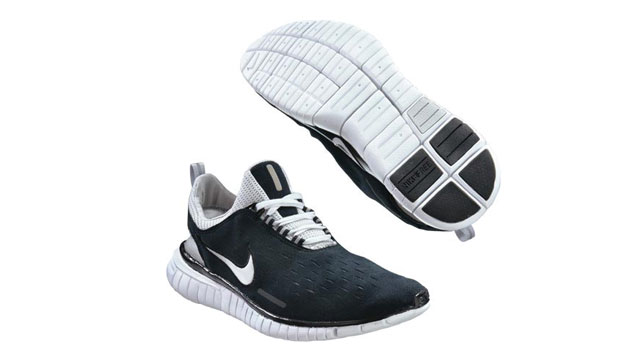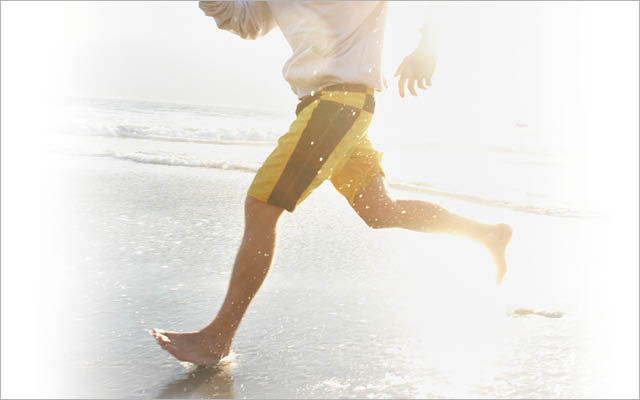Barefoot exercising can be both safe and beneficial — if it’s done correctly and if you start slowly, says Maryland-based physical therapist and trainer Kevin McGuinness, DPT, CSCS.
Jumping into barefoot training increases your chance of developing an injury, McGuinness says. He advises reducing the volume and intensity of your workouts to 25 percent of your normal routine in the first week going barefoot. Then slowly build up.
Next, consider your activity. Going barefoot when performing strength moves like deadlifts and overhead presses can increase foot and toe strength. It also improves proprioception, which boosts overall fitness performance and delivers neurological benefits.
If you’re performing plyometric exercises or training outdoors, however, it’s safer to have something on your feet.
Some gyms require footwear, so check club rules before unlacing your shoes. To replicate the barefoot-training effect, you can opt for minimalist sneakers or nonslip grip socks.
Once you head for the locker room, bathroom, or sauna, make sure to slip on sandals to protect your feet from germs.




This Post Has 0 Comments